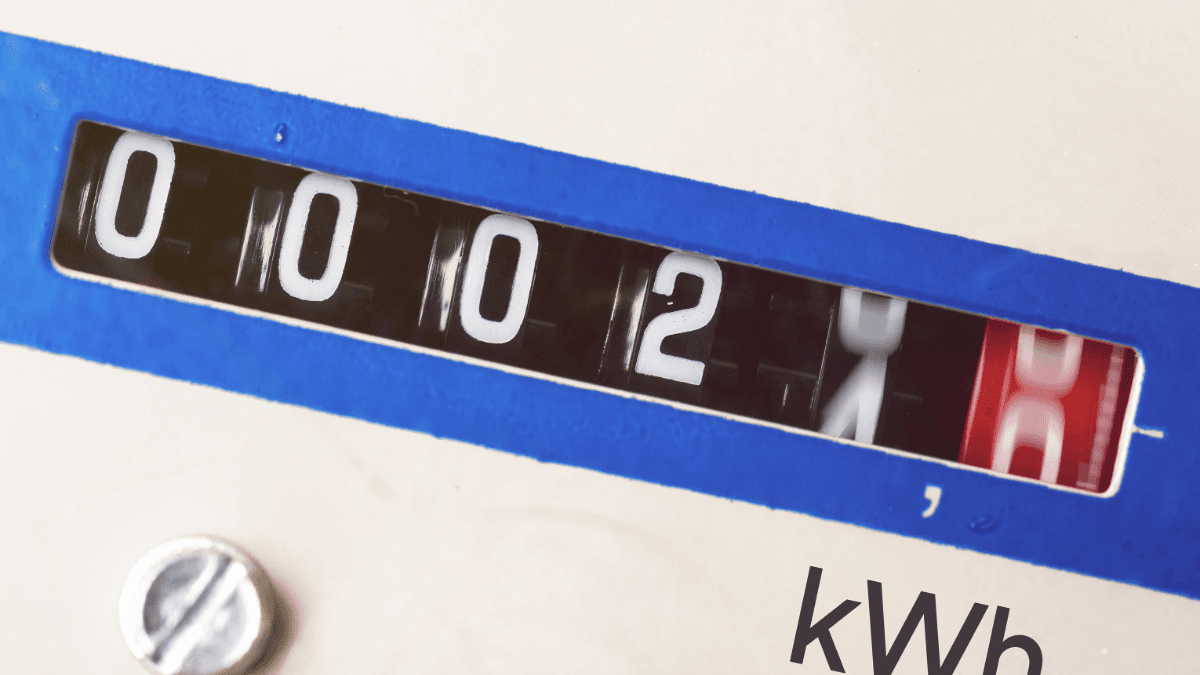Safety Lock
A customer had been submitting gas meter reads to their gas supplier, but these were rejected by Gas Networks Ireland with no explanation. The customer then received a very high catch-up bill in 2024.

Dispute
The customer had been submitting gas meter reads to their natural gas supplier, but these were rejected by Gas Networks Ireland (GNI) with no explanation. The customer then received a very high catch-up bill in 2024.
When the supplier investigated, they discovered the meter had been ‘safety locked’ by GNI for several years. A gas meter can be safety locked by GNI to temporarily prevent natural gas flowing if there is a safety issue. In this case, following a meter upgrade in 2017, a gas leak was identified inside the customer’s premises. The meter was safety locked until the leak could be repaired. Usually in this scenario, a Registered Gas Installer (RGI) will complete works to address the issue and remove the lock. Once the RGI sends a declaration of conformance certificate to GNI, the system is updated to remove the lock. Until then, no gas should be flowing, and ‘zero’ meter reads will be sent to the supplier for billing.
A safety lock can only be removed by GNI or by an RGI. The removal of a gas safety lock by another party would be illegal gasworks. In this case, the safety lock was removed when the gas installation was repaired, and a declaration of conformance certificate was issued. However, in this case, the removal of the safety lock was not updated on GNI’s system. The customer therefore used gas and sent reads to their supplier, but GNI thought the meter was still locked and rejected these reads.
Throughout 2017-2024 the customer was billed mostly on supplier estimates. When GNI’s system was eventually updated, the actual meter read taken generated a large catch-up bill. The supplier chose to rebill the customer at current rates.
Outcome
We identified serious failings by both GNI and the natural gas supplier in this case. The supplier should have followed up on the rejected reads with the customer. GNI failed to follow all their own processes, including contacting the customer to try and obtain the declaration of conformance certificate once they knew gas was being consumed. The customer contacted both GNI and the supplier multiple times, and neither could explain why the reads were being rejected nor decided to investigate further.
The CRU upheld this complaint against GNI for failing to comply with their own procedures. We awarded 20 charter payments against GNI and 19 for the supplier, totalling €1265. We also directed the supplier to rebill the customer using rates in place at the time of usage. The customer did everything possible to ensure they were billed accurately and given the facts of this case, we did not think they should be penalised by the higher rates.
Related Content
Level pay and budget plan case study

Incorrect meter reading case study
